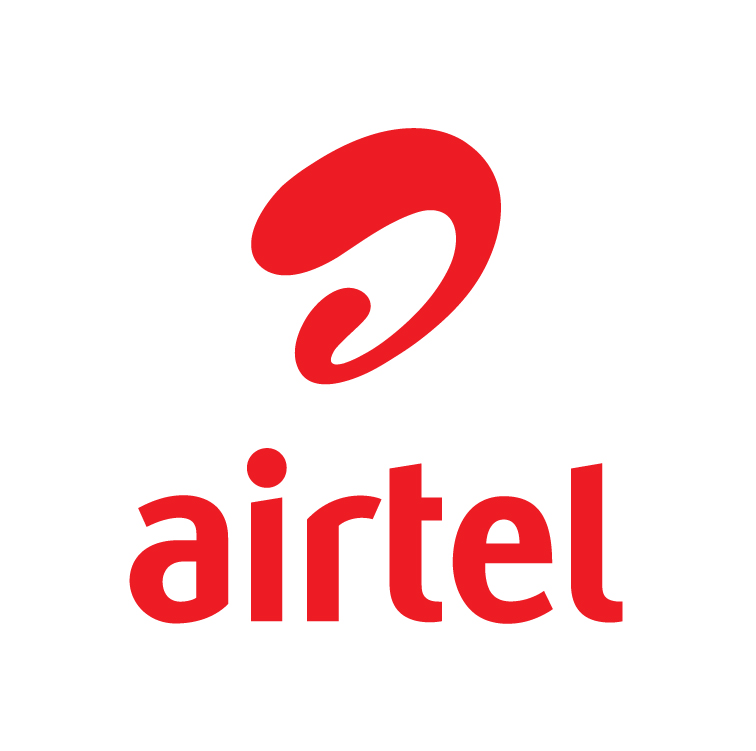Airtel Gabon has selected Ericsson (NASDAQ: ERIC) as its sole supplier for the deployment of a new LTE network. The agreement also includes transformation of the existing mobile radio access and core network infrastructure. LTE 4G technology offers the capacity and the speed to handle a rapid increase in data traffic. The new network will enable Airtel to deliver a superior mobile broadband experience to their customers.
Christian de Faria, Chief Executive Officer at Bharti Airtel Africa, says: “Mobile broadband data is a key driver for economic growth in Gabon. The LTE launch will ensure our customers have the highest speeds and best experience available.”
Under the agreement, Ericsson will install its multi-standard radio base station the RBS 6000, which supports GSM/ EDGE, WCDMA/HSPA, and LTE in a single cabinet. Ericsson’s RBS 6000 ensures Airtel’s customers can continue to enjoy the best possible network throughout the country. Upgrade of capacities and packet functionalities, to support LTE requirements, will be done for the installed base of MINI-LINK TN microwave equipment. The contract covers equipment, software and a range of professional services, including project management, systems integration and support.
Fredrik Jejdling, Ericsson President for sub-Saharan Africa says: “With this agreement, we further strengthen our long term strategic business relationship with Airtel by supporting them in meeting their commitment to excellent services to their subscribers in Gabon. As a global LTE leader, Ericsson will bring to bear our extensive capabilities in delivering high-performance LTE services to customers.”
Ericsson continues as a preferred partner to Airtel Gabon, and is the existing supplier of their circuit switched and packet core networks, along with existing 2G and 3G radio networks. The end-to-end LTE network that Ericsson is deploying includes an upgrade of the packet core network to a multi-access Evolved Packet Core, supporting 2G, 3G and LTE.
Ericsson is present today in all high-traffic LTE markets, including the US, Japan, and South Korea, and is ranked first for handling the most global LTE traffic. Forty percent of the world’s mobile traffic is carried over Ericsson networks, which is twice as much mobile traffic as the closest competitor. Ericsson is #1 in LTE market share within the world’s top 100 cities. More than 220 LTE RAN and Evolved Packet Core networks have been delivered worldwide, of which 170 are live commercially.
According to the latest Ericsson Mobility Report, by the end of 2020, most mobile subscriptions worldwide will be HSPA/GSM with LTE available in all regions, in addition it is projected that there will be about 7.7 billion mobile subscriptions also by 2020.

